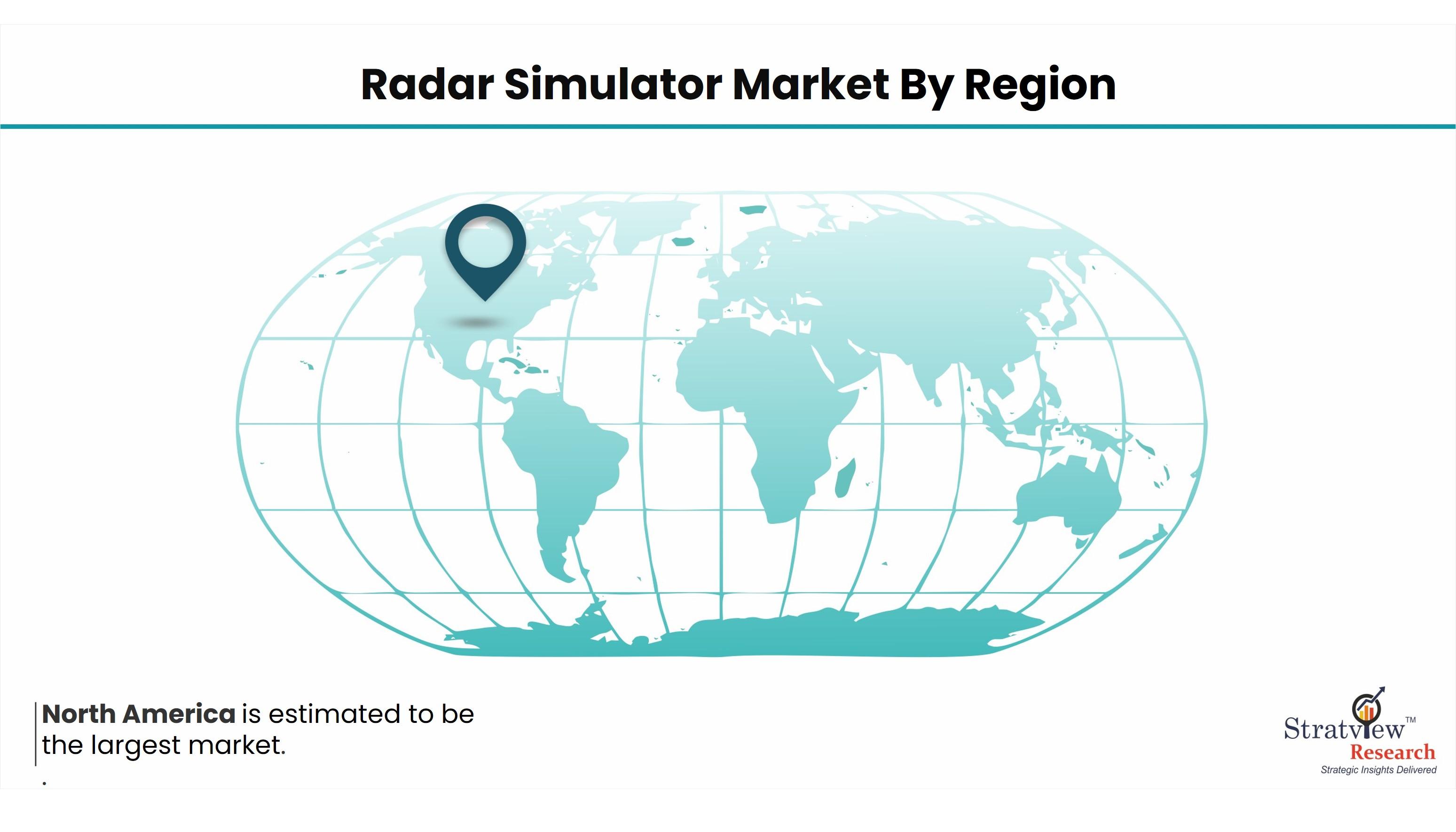According to Stratview Research, the radar simulator market was estimated at USD 2.25 billion in 2021 and is likely to grow at a CAGR of 5.32% during 2022-2028 to reach USD 3.25 billion in 2028.
In the ever-evolving world of aviation and defense, radar systems play a critical role in ensuring safety, security, and efficiency. To harness the full potential of these complex technologies, radar operators and technicians require rigorous training and hands-on experience. Enter radar simulators – sophisticated systems that replicate real-world radar environments, allowing operators to hone their skills in a safe and controlled virtual space. In this article, we will explore the radar simulator market, offering insights into its significance, advancements, and the crucial role it plays in training professionals who navigate the skies.
The Need for Radar Simulators
Radar systems are at the heart of modern aviation, defense, and maritime operations. They enable the detection and tracking of aircraft, ships, and weather patterns, providing crucial information to pilots, air traffic controllers, and military personnel. However, operating radar equipment effectively demands expertise and experience, making training a fundamental aspect of radar-related professions.
Here are some key reasons why radar simulators have become indispensable:
Safety First: Real-world radar equipment is complex and expensive. By using simulators, trainees can learn without the risk of mishandling or damaging costly equipment.
Realistic Training: Radar simulators replicate real-world scenarios, from aircraft movements to adverse weather conditions. This realism helps trainees prepare for the challenges they will face in their roles.
Cost-Efficiency: Training on radar simulators is often more cost-effective than conducting exercises with actual radar systems, which require fuel, maintenance, and logistical support.
Versatility: Radar simulators can be customized to mimic various radar systems, ensuring that trainees are well-prepared for the specific equipment they will encounter in their careers.
Repeatable Scenarios: Trainees can practice as often as needed, honing their skills and learning from their mistakes in a controlled and repeatable environment.
Market Trends and Advancements
The radar simulator market has evolved significantly over the years, reflecting technological advancements and the increasing demand for high-fidelity training solutions. Here are some noteworthy trends:
High-Resolution Visuals: Modern radar simulators offer high-resolution visual displays that provide trainees with an immersive experience, allowing them to detect and track objects with exceptional clarity.
Integration with Live Data: Many radar simulators can integrate with real radar data and global positioning systems (GPS), enabling trainees to practice with real-world scenarios.
Networked Simulations: Networked simulators enable collaborative training exercises, allowing trainees to work together in a virtual environment, even when geographically separated.
Artificial Intelligence (AI): AI algorithms are being incorporated into radar simulators to create more dynamic and challenging scenarios, adapting to trainees' actions and responses.
Customization and Scalability: Radar simulators can be tailored to meet the specific needs of different organizations, whether they are training air traffic controllers, military radar operators, or maritime personnel.
Conclusion
The radar simulator market plays a pivotal role in ensuring the competency and preparedness of professionals who operate and manage radar systems. By providing realistic and cost-effective training solutions, radar simulators contribute to safer skies, enhanced defense capabilities, and more efficient maritime operations. As technological advancements continue to shape the radar simulator landscape, we can expect even more immersive and sophisticated training experiences, ultimately benefiting the industries and individuals who navigate the skies.
